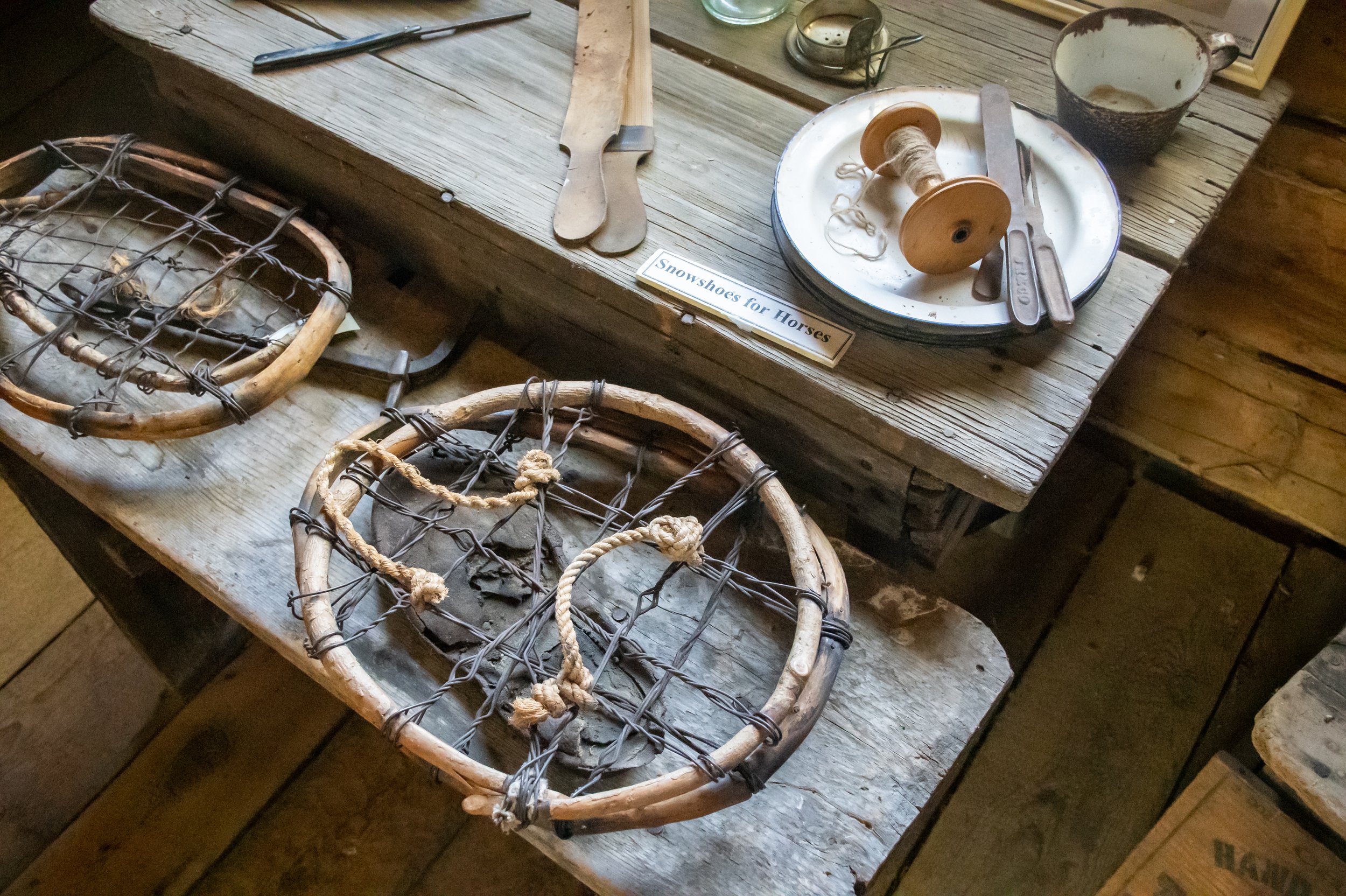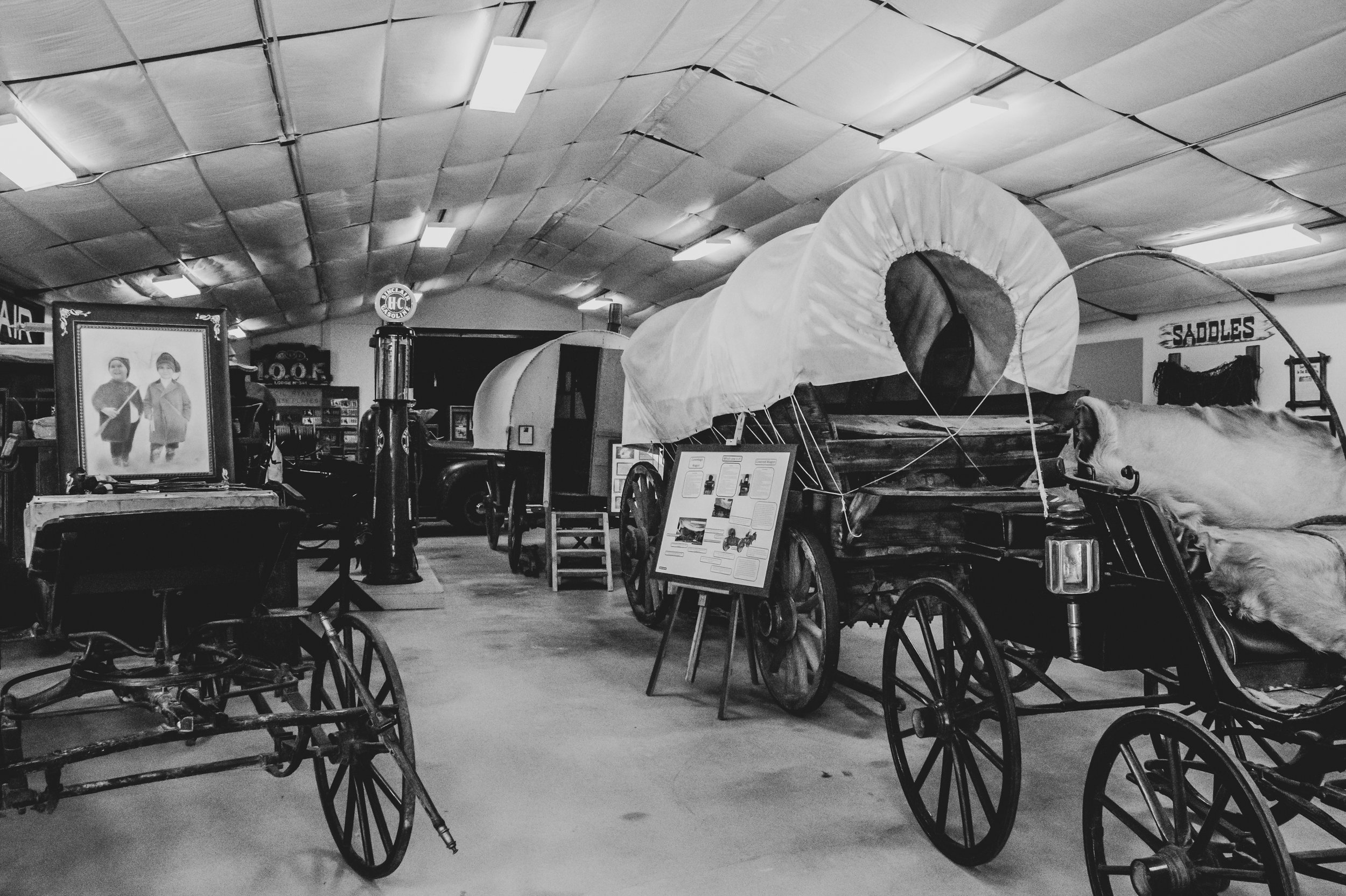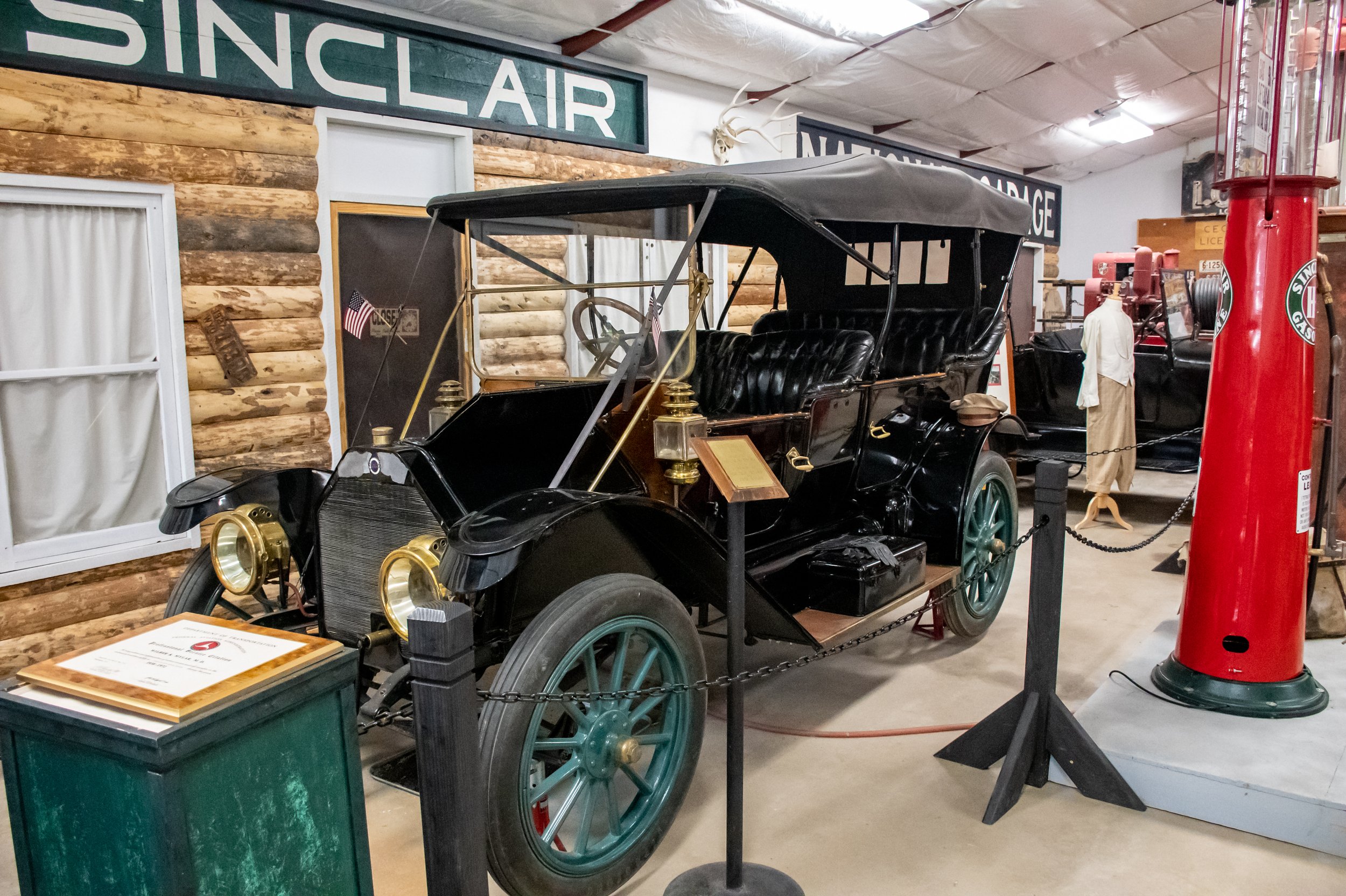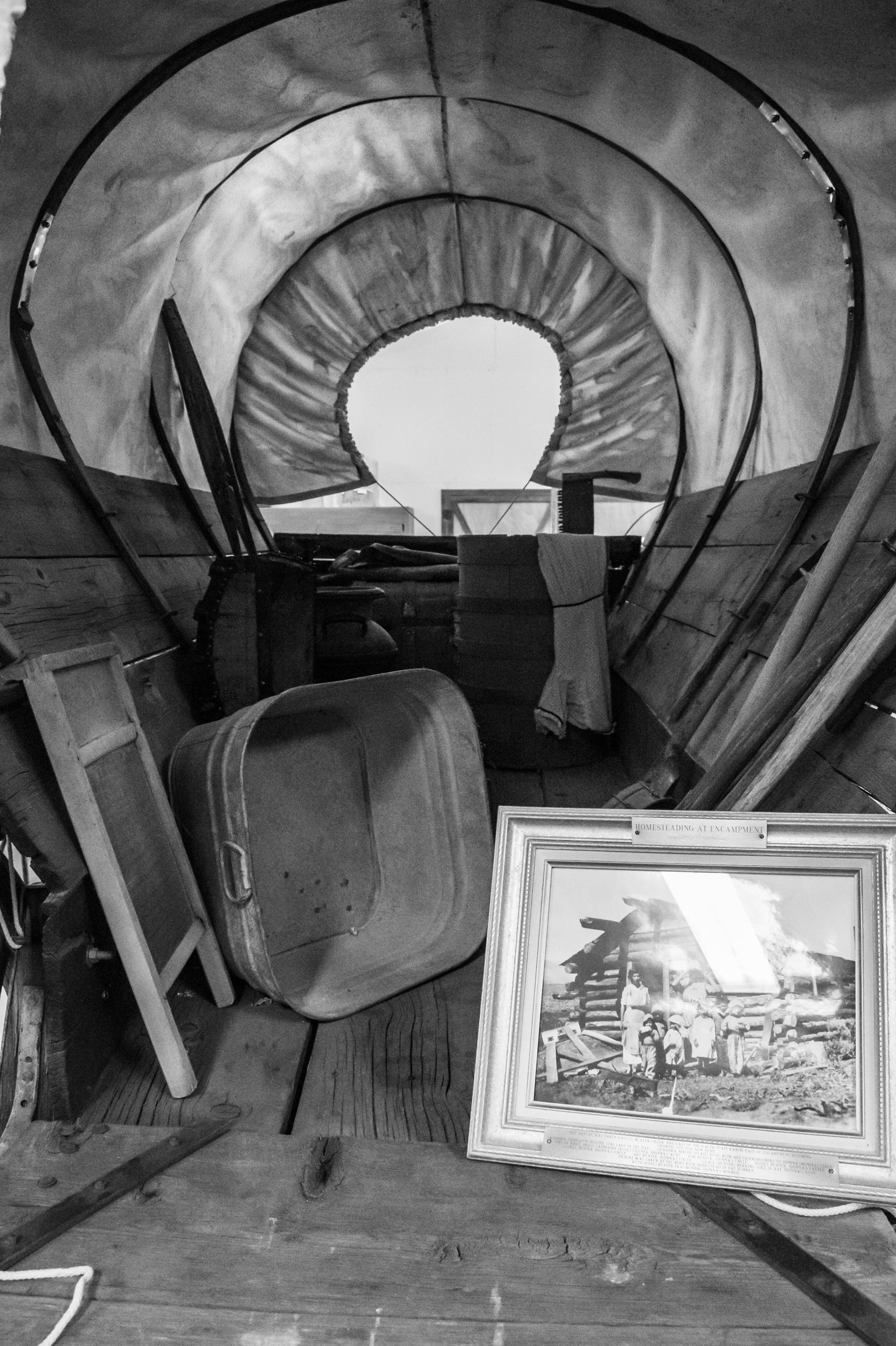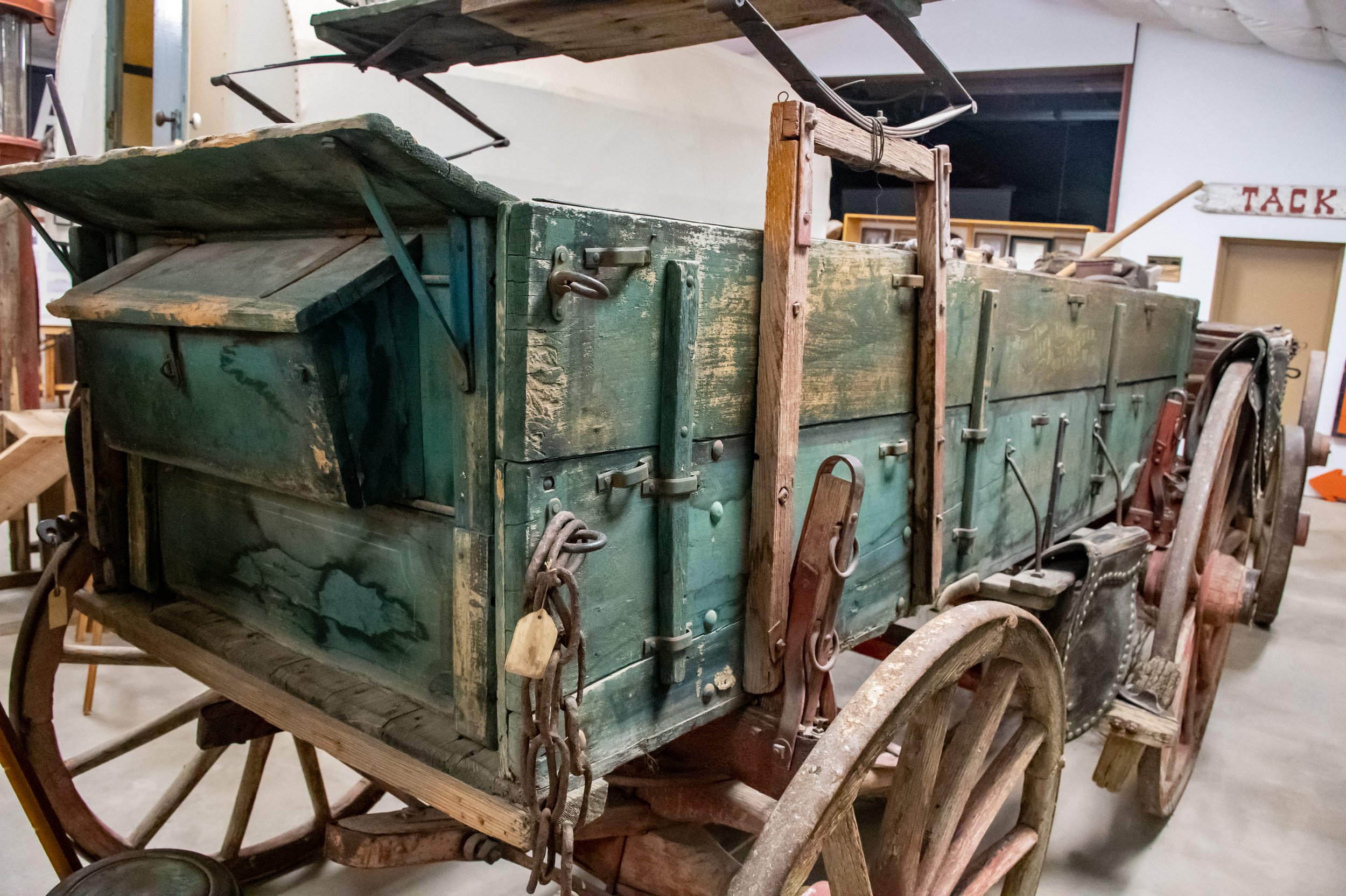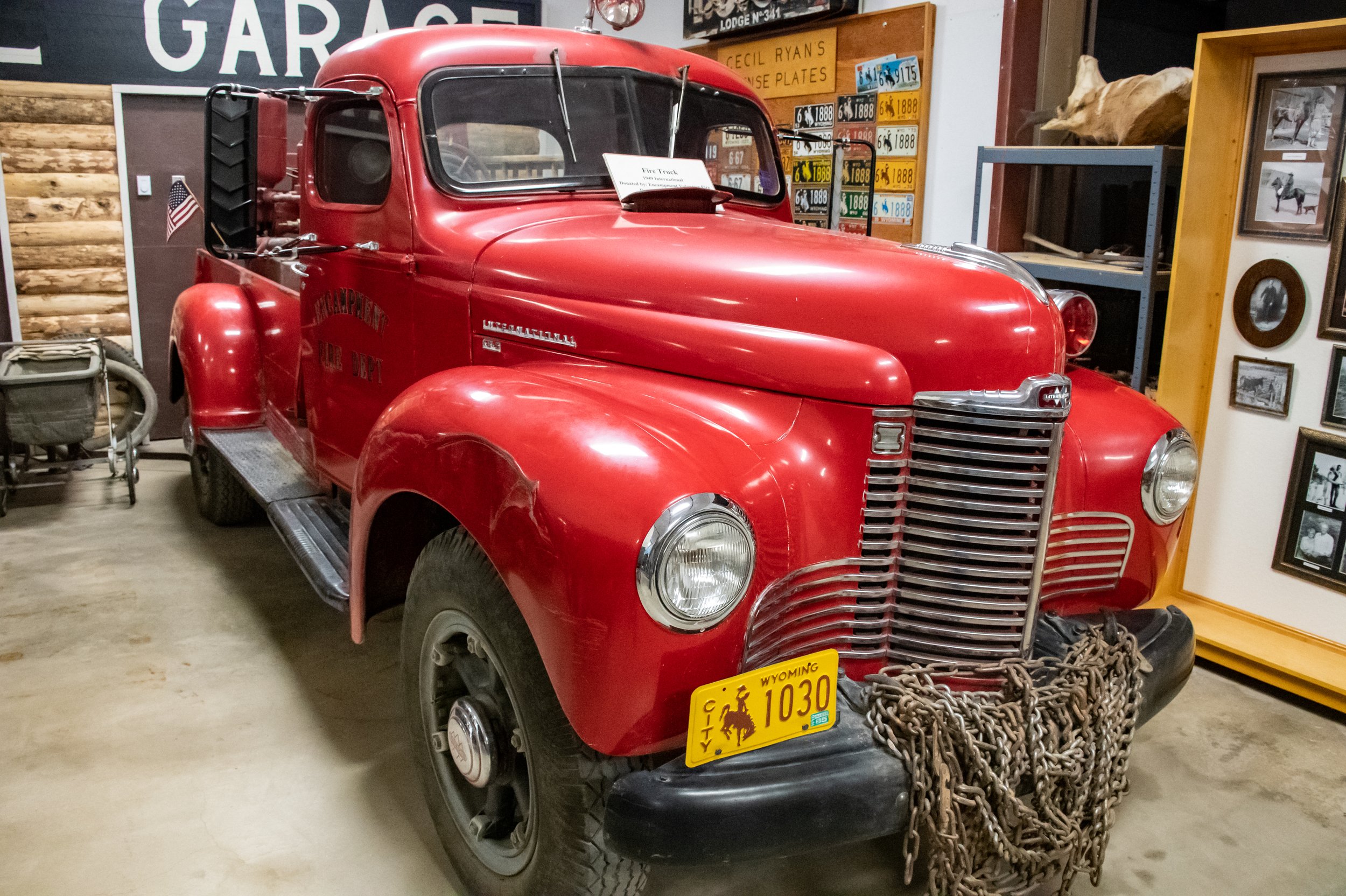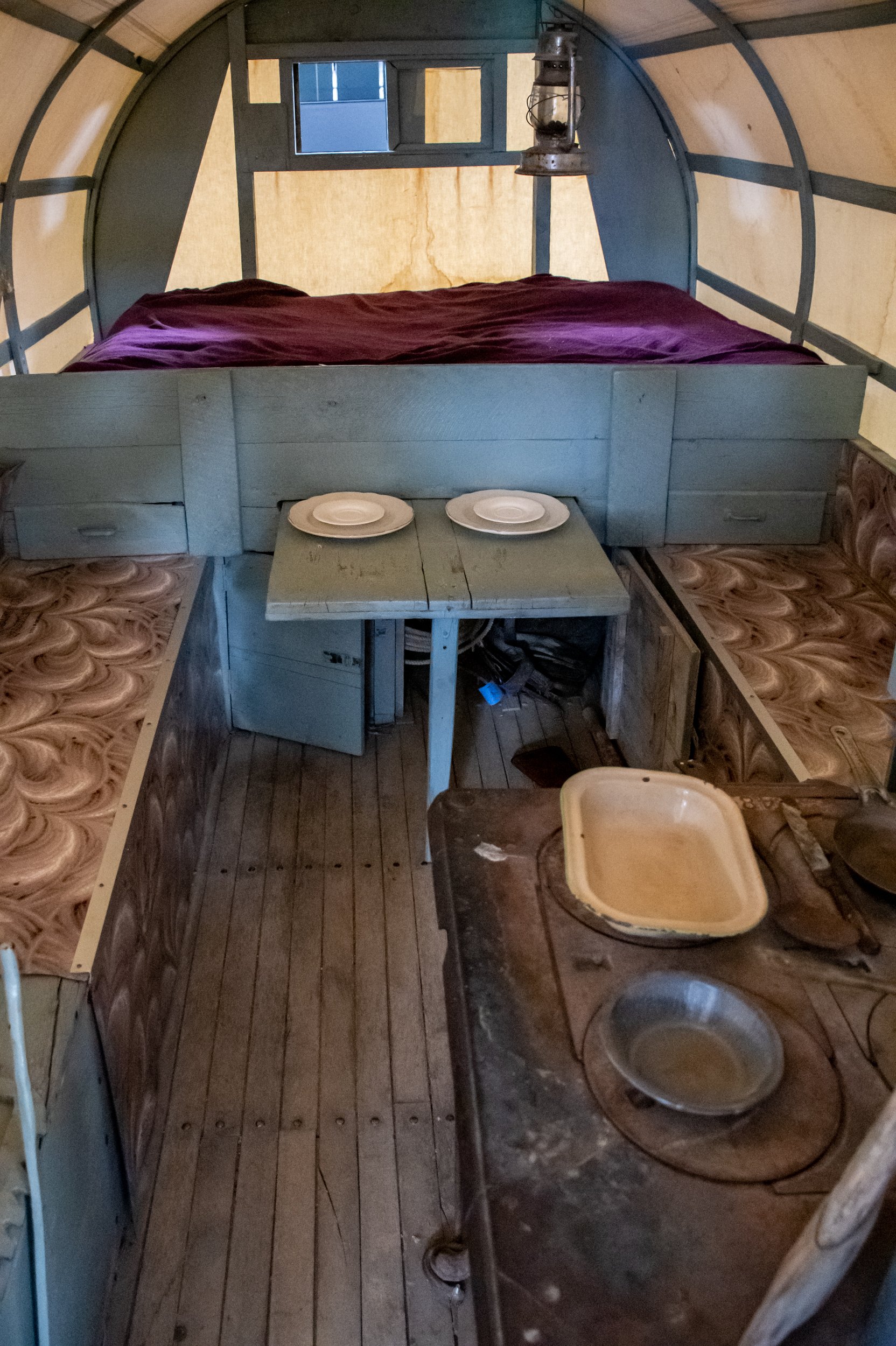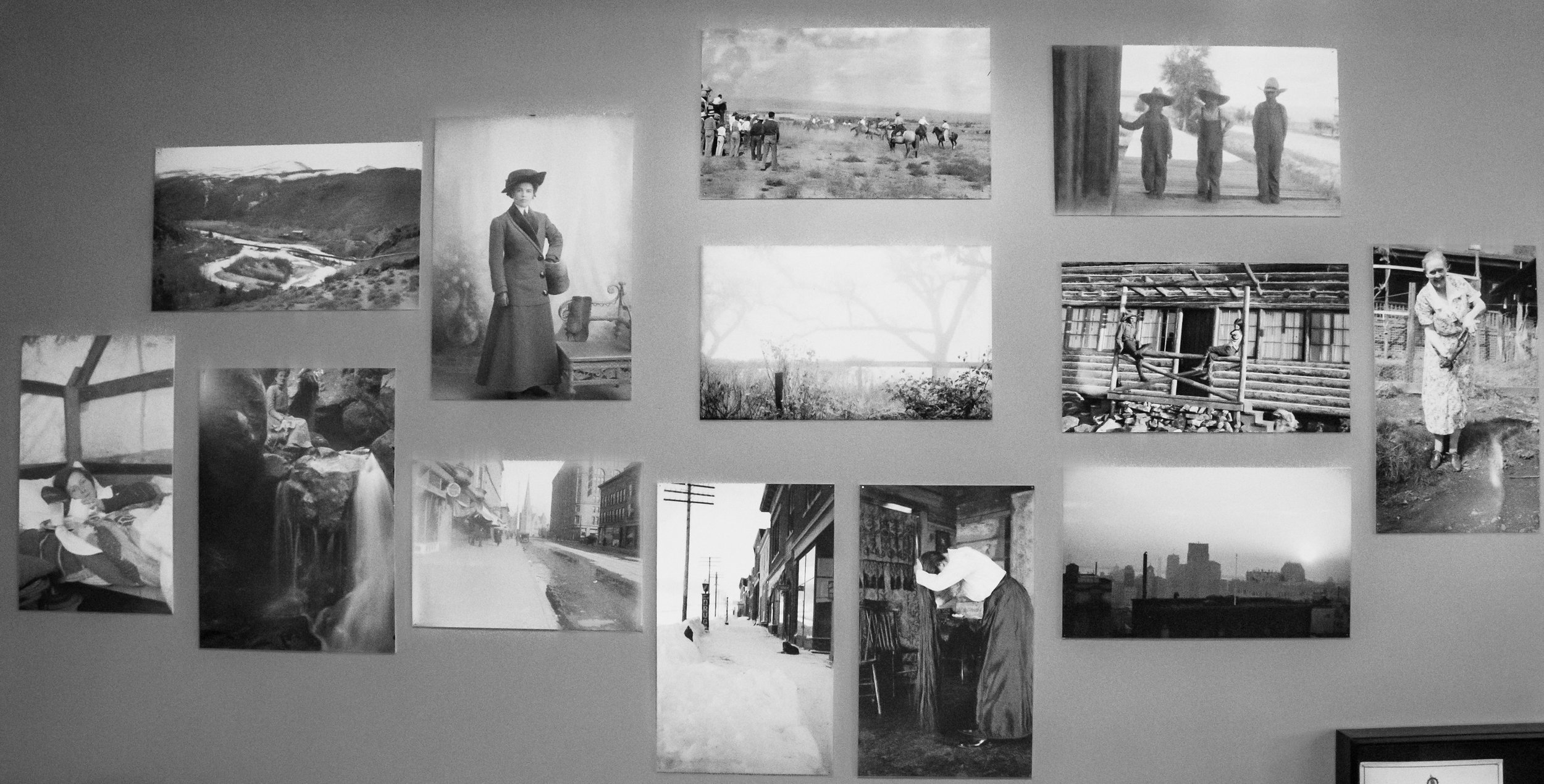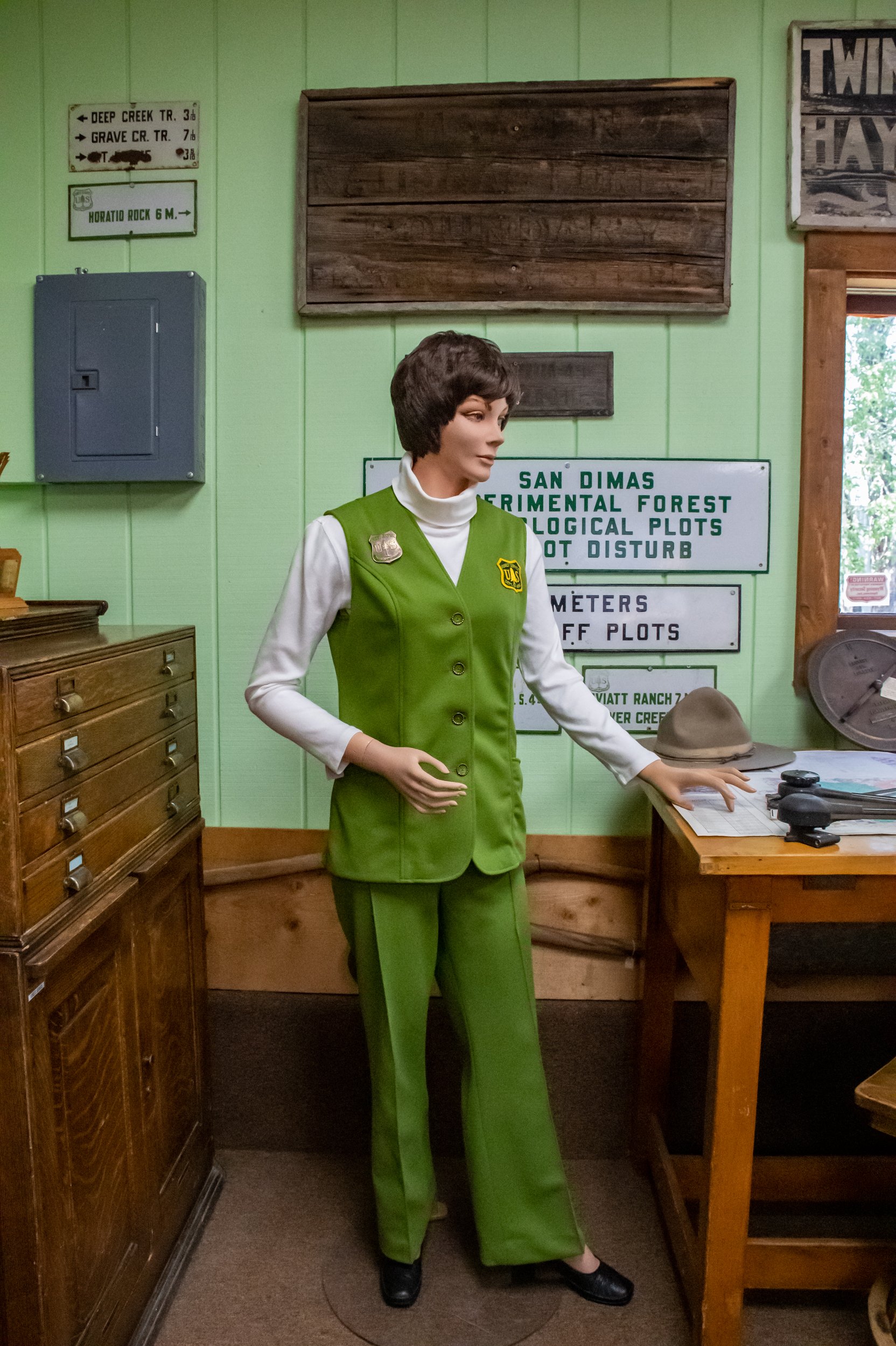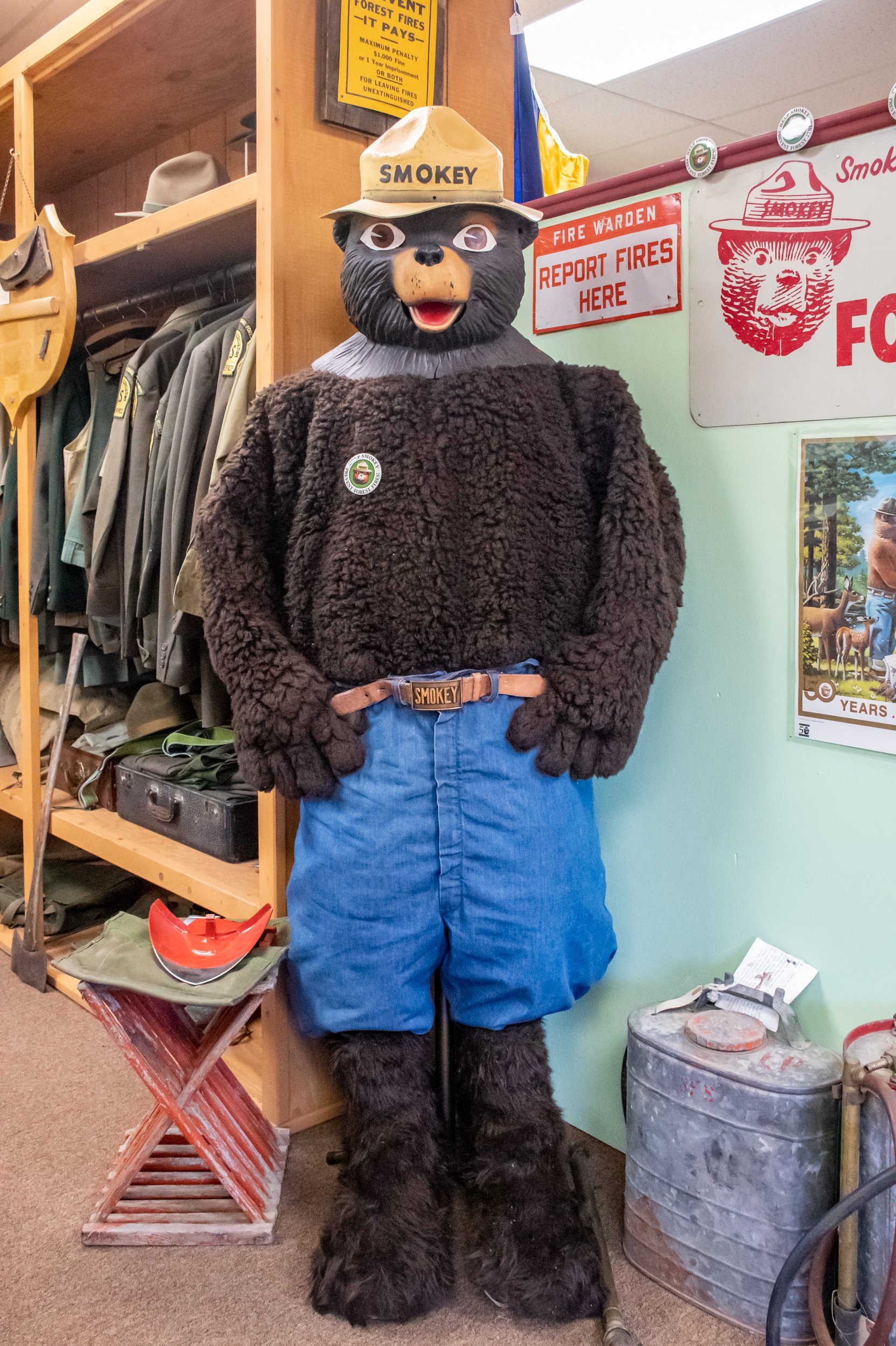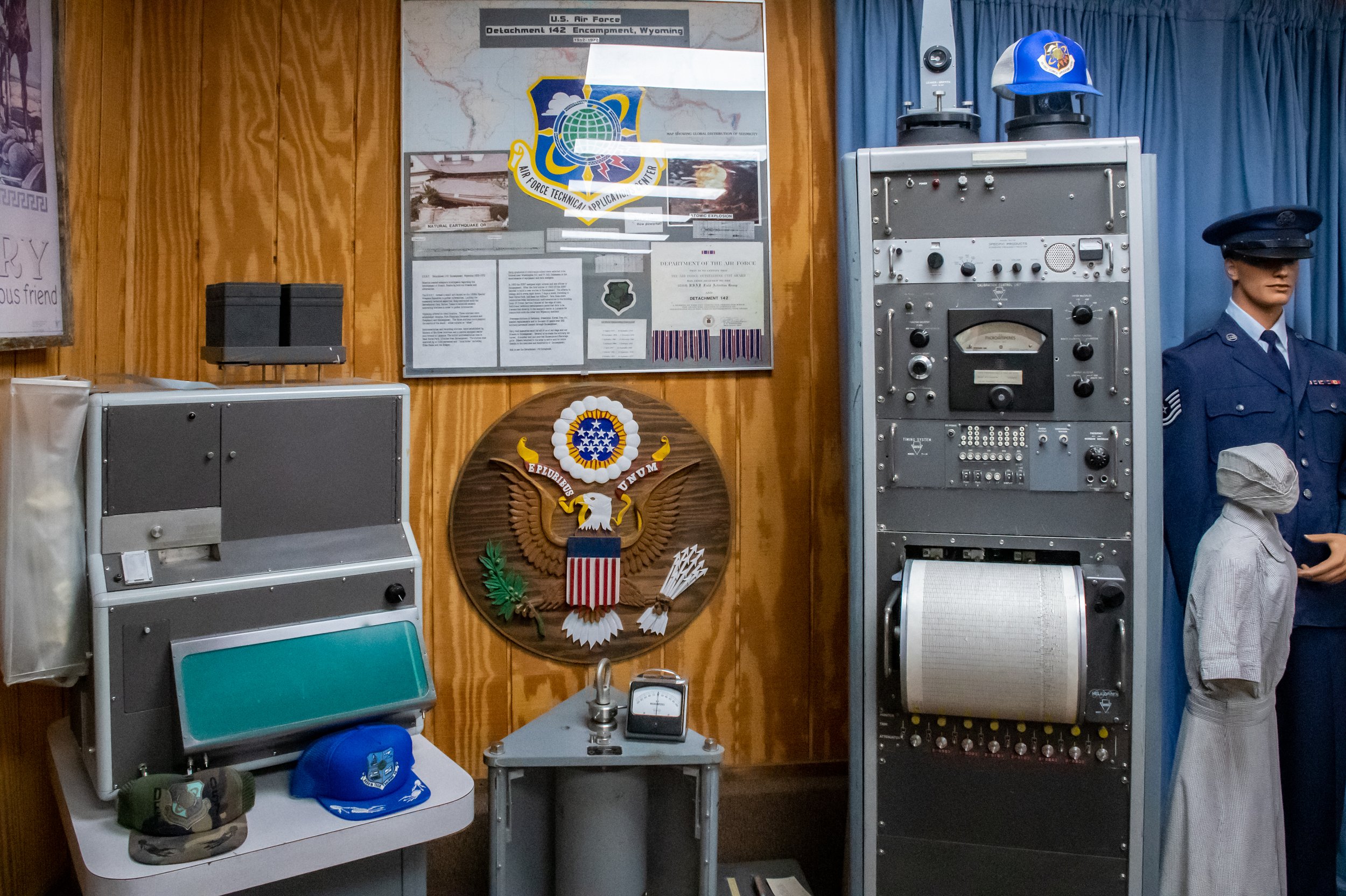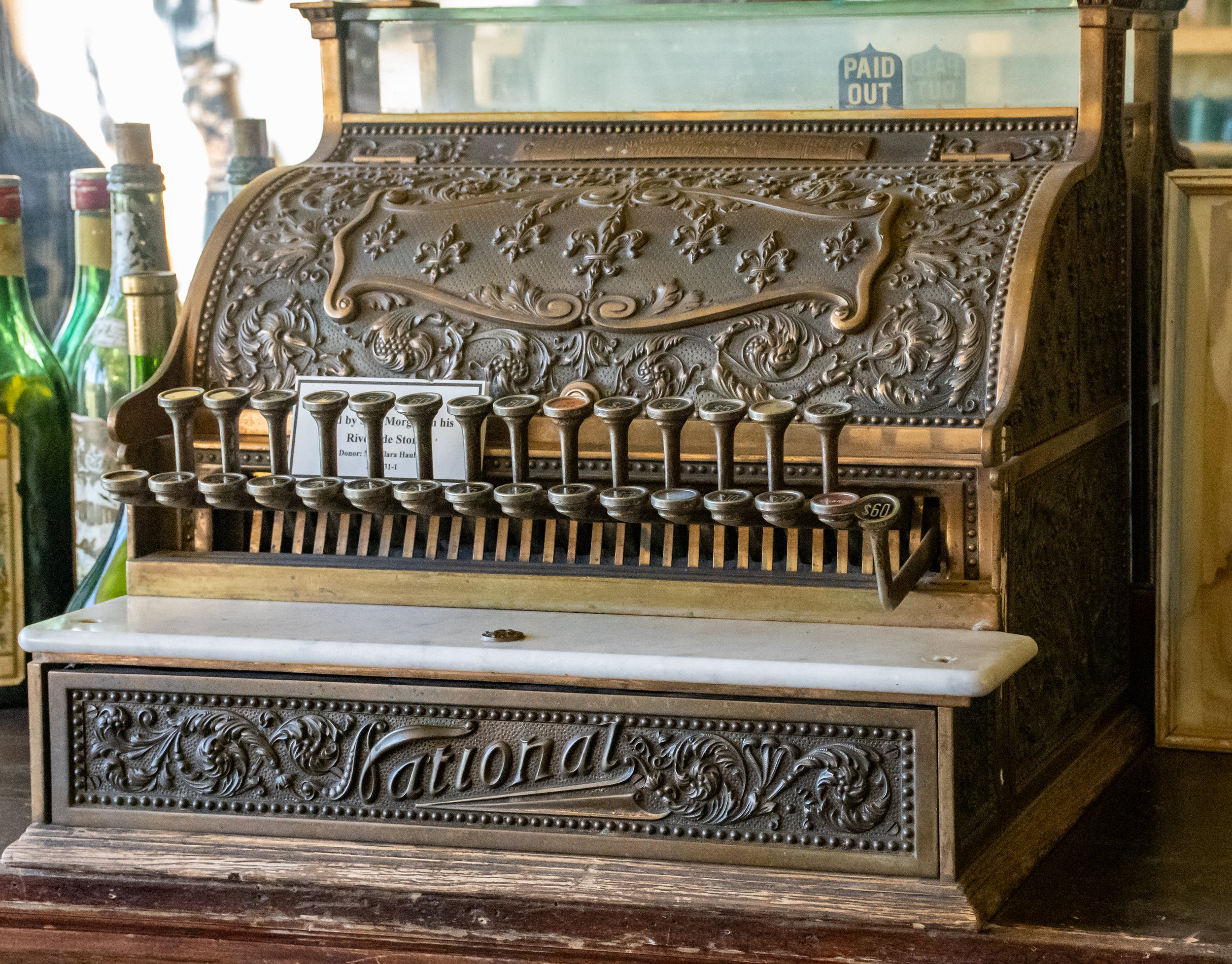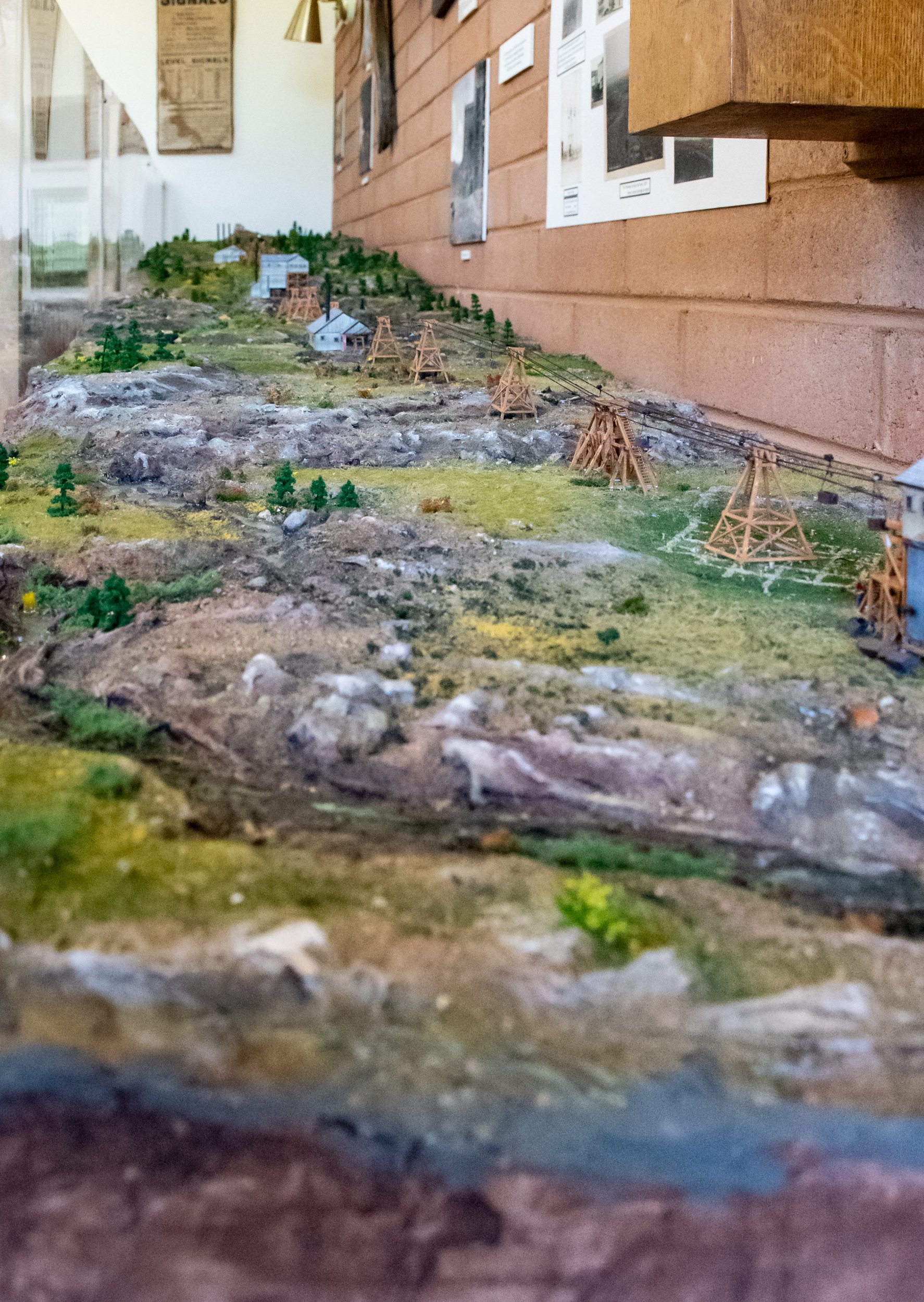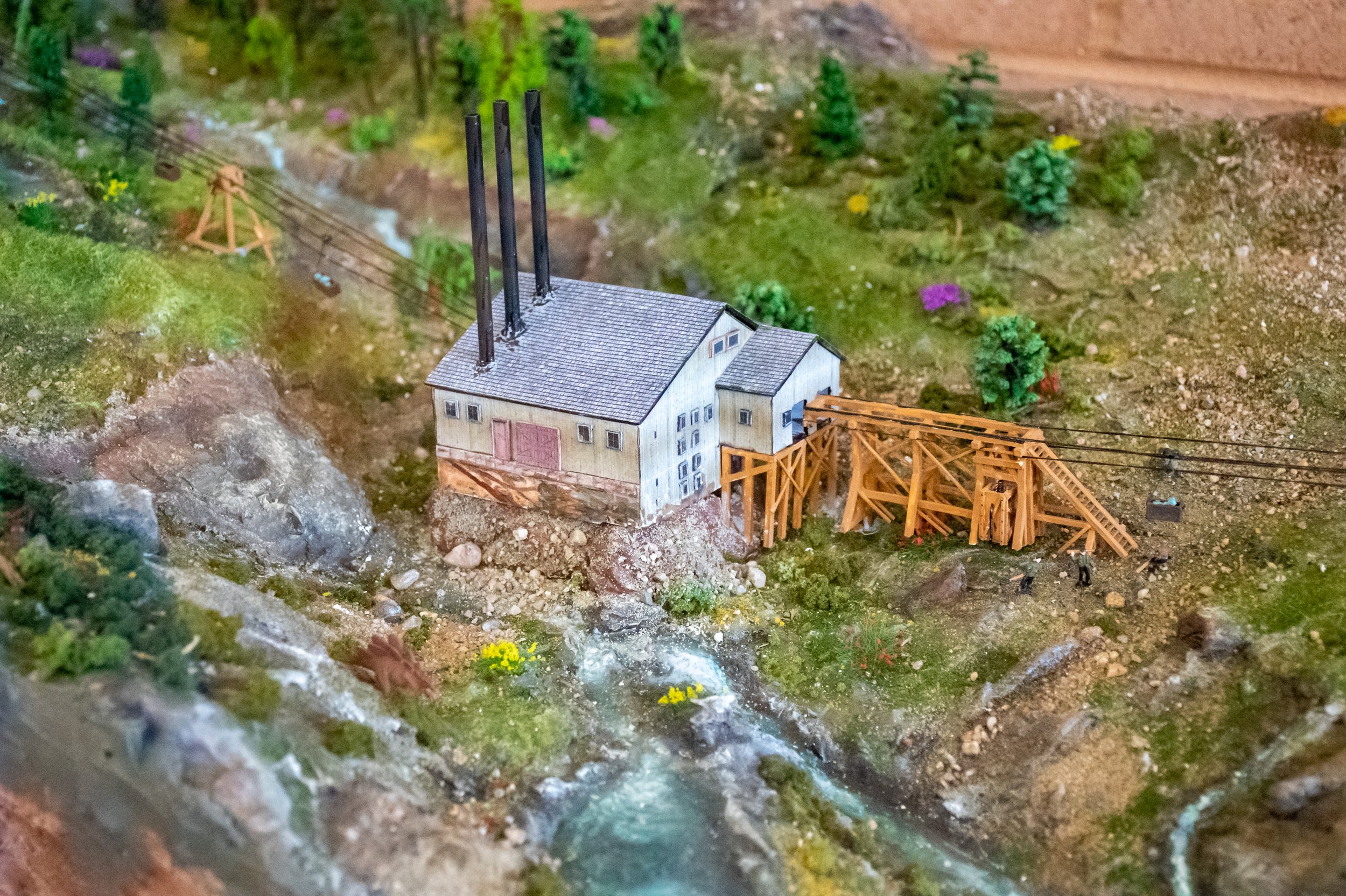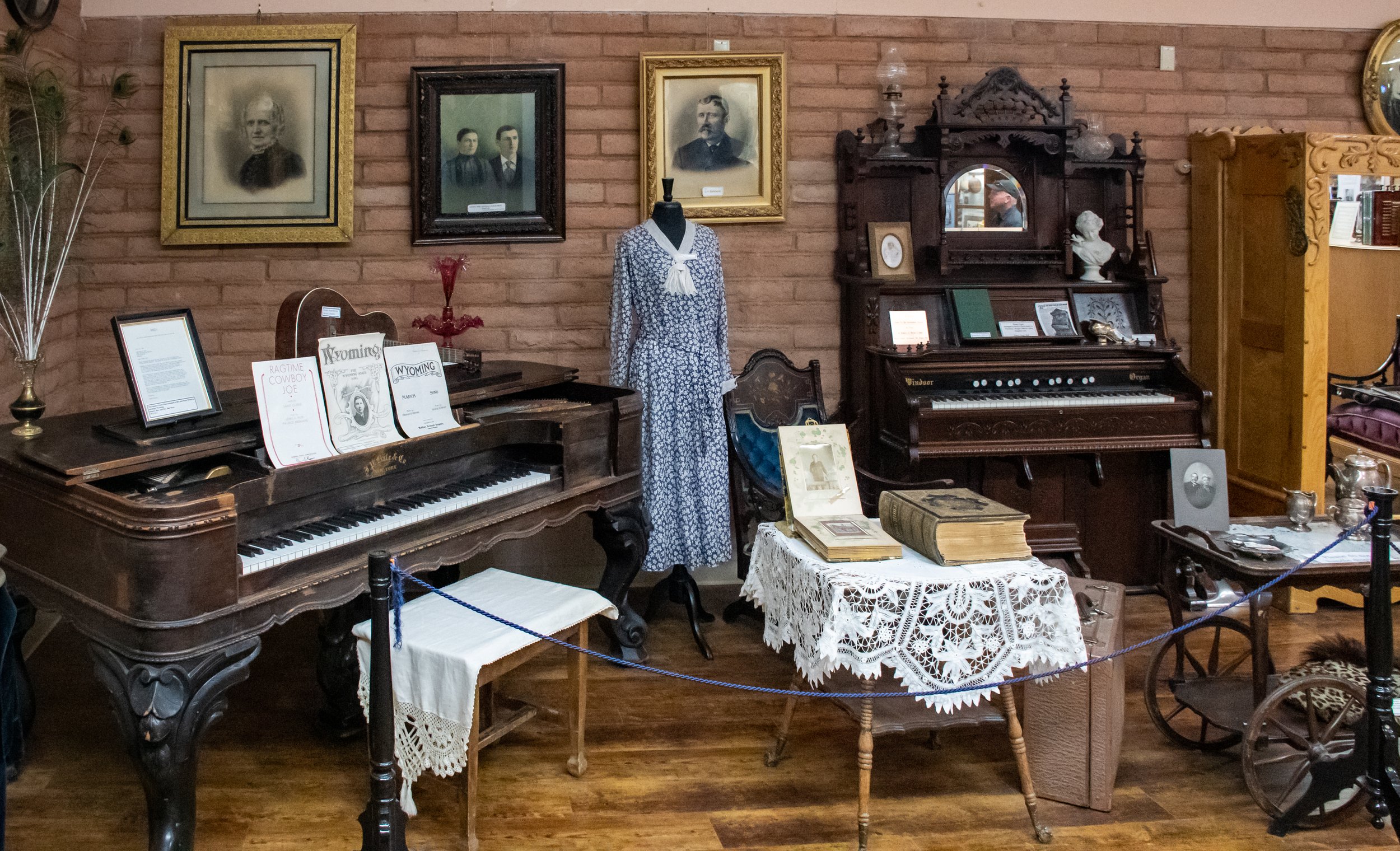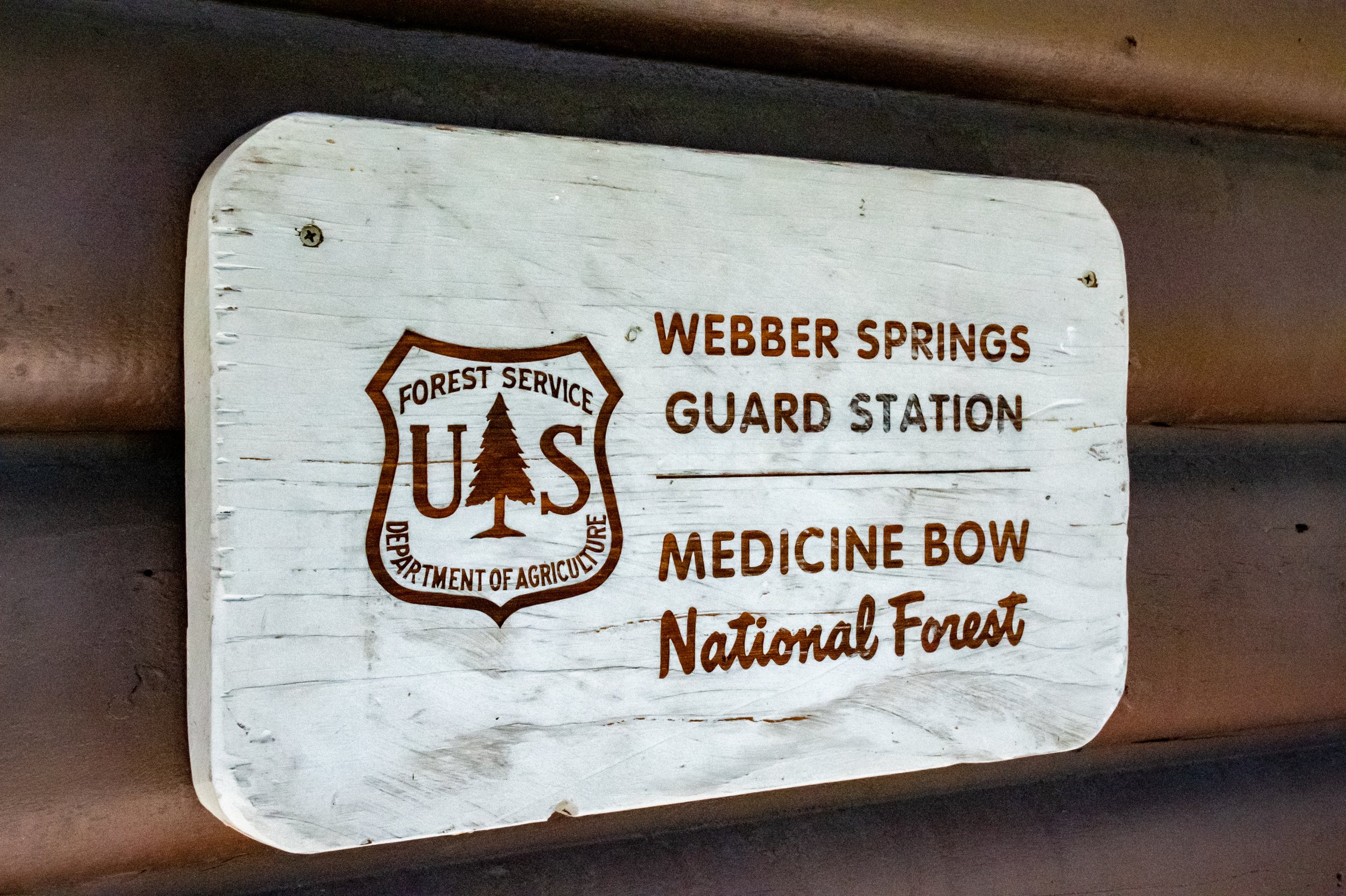Grand Encampment Museum
Written By: Sarah Reish
While we stayed in Saratoga this adventure took us to Encampment, which is also located in the valley between the Snowy Range and the Sierra Madre’s of Medicine Bow National Forest. The valley this time of year was lush and green.This was one of our first stops after getting into town. Here is a peek into our visit of Grand Encampment Museum.
Making it unique
This museum is not just indoors, the outside green was surrounded by local buildings that had been moved to the museums location and are being cared for by the museum. Inside the museum are relics from the area. The small historic museum town features structures that were very much a part of the history of the area. We opted for the tour, guests can opt to explore the museum town on their own, but on the tour the buildings are unlocked and visitors can access the interior of the buildings.
The tour
The tour begins just outside the front of the museum and circles the property and each building or structure tells the story of the history and development of the area.
Copper Line Tram
The first outdoor stop is the Copper Line Tram. To date, this is still the longest distance tram operation in the world, despite no longer being in operation and the deterioration of the structure. The tram ran over 16 miles with 840 buckets. The weight of the buckets carried the ore from the Sierra Madres outside of Encampment to Riverside - making it a gravity driven tram. The full buckets pulled down the mountain to riverside and pulled the empty buckets back up toward Encampment. Each bucket took a 4 hour journey to Riverside and back. The structures on premises are actually replicas, but the buckets and mechanisms are all original. In total there were approximately 100 mines in the area.
The Two Story Outhouse
Okay, so I sort of thought this was a joke, but here is the truth… Yes it is a real thing. This two story outhouse is obviously lacking plumbing - so, how does this work with the upper floor being completely open to the lower? Well depending on the season one of the floors is out of commission. Imagine you wake up early one snowy morning and need to go. How likely are you to make it if you have to dig out 4 to 8 feet of snow? One ingenious pioneer built a two story bathroom for just this reason. In the summer the upper floor was closed and winter the lower was closed. I told our amazing tour guide that I would never take the cleaning job come springtime.
The Cabins
There were several cabins we were able to tour, one had a wood plain ceiling under the roof giving it extra insulation. It was 90 degrees outside and cool inside. This was rare in the late 19th century and early 20th. Another cabin was a logger cabin that was smaller and most likely not lived in by a family. It featured space for a bed, gear, stove and room to move around. While mining was producing there was also a need to freight the refined copper out of town. Work began on a train. Loggers were brought in to cut and lay railroad ties. Because the wood wasn’t treated they needed replaced about every 4 years. Talk about job security. It is incredible the way these homes were built and still standing today. Another cabin like structure was the small school house. Built in 1895 by William Henry Wolford on his ranch for his ten kids. As word spread about the school more children joined. This tiny schoolhouse is said to have fit roughly 20 children inside.
US Forest Service Cabin
The Weber Springs Forest Service Guard station was built in 1940. This cabin was incredible to explore. The covered deck was large and above the front door was a smaller door. Can you guess what it was for? Snow storms! Inside the house was a ladder leading to the attic and door, so in a blizzard situation USFS personnel could still enter and exit as needed. The cabin was set up as a functioning cabin with gear, equipment, and even table settings. Situated directly behind the cabin is a decommissioned Forest Service Tower. While we were unable to access it on this trip, we did discuss how the USFS allowed civilians to rent a tower at minimal cost for camping! This is definitely going on our list of things to do, so keep an eye out!
The Parkison Home
This home was built for Mr. Parkison’s wife, who was quite happy living in Denver. Because of the mining and copper refining - Encampment was one of the earlier towns to receive electricity, in 1897. This was made possible by way of water via a 4 foot wooden pipeline. Imagine a 4 foot wide and super long barrel on its side (see it in person in the museum). With promise of electricity, plumbing and an exquisite home Mrs. Parkison agreed to move to Encampment. Unfortunately, the mines closed in 1908 and with it the source of power. Mrs. Parkison spent a large portion of her next couple of decades without the promised electricity. Near where her home once stood was the Grand Encampment Opera House. In 1903 this is where local attorney, Charles E. Winter wrote the official State Song of Wyoming, “Wyoming”.
Main Street
Originally used as an insurance office, this first building on what I am dubbing “Main Street” is being used by the museum as a saloon. It features a back bar, snooker ball and more! The general store showcases the variety of items that would have been available to the residents in the early turn of the 20th century. Further along the boardwalk is an exterior staircase leading up to what a doctors office would have looked like. The setup is quite accurate to what was once there. Being both a mining and logging town accidents were not uncommon. There are several other buildings along this boardwalk to explore, so I wont give it all away!
Explore The History Of Encampment!
There were tons of things I wanted to share while writing this article about Grand Encampment Museum; however, time is limited and this can only be so long. Here are two super cool things that you will only find out if you go there in person. Be sure to look for the hidden bathtub and ask about the 40 years of secret military presence in Encampment. Be sure to share your adventure on social media, tag us @LiveWYldMag and use #LiveWYld
